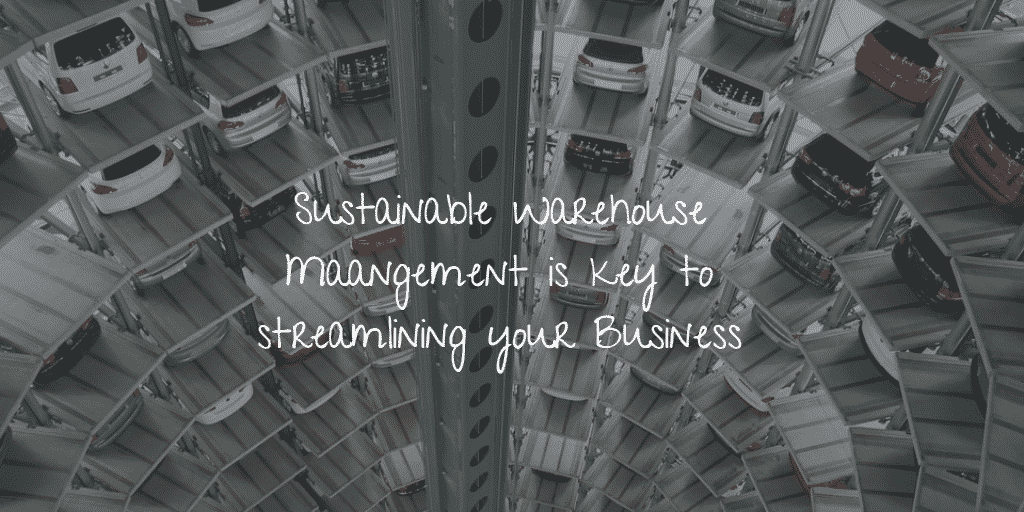Basic inventory control changes that will give you a competitive edge
Trying to compete against companies with larger staffs, advanced equipment, multiple global locations, and (seemingly) unlimited budgets can present quite a challenge for a small to medium-size businesses.
Limited resources combined with slim margins mean that if you operate an business in Ireland, you know the importance of maximising your efficiency and orchestrating tasks with extreme precision in order to prevent staggering losses. Controlling waste, by it product or productivity is of paramount importance for success.
And although managing your customer service, marketing for new client acquisitions, and improving product quality all effect positive business benefits, governing your supply chain through enhanced inventory control provides rapid, measurable results; results that will translate into a heightened competitive advantage and long term victory.
Inventory Reduction
For many manufacturing, distribution, or retail businesses, a significant portion of company net worth is allocated by stock. But, the dependence on high levels of safety stock can have a negative impact on the strategies and company goals you’ve established, simply because your capital is employed in the form of inventory. However, by reducing your stock level amounts, you can liberate needed funds for marketing programmes and other customer acquisition or service plans.
- Reduction techniques can take shape through a variety of processes, but tracking is the key. Sporadic or inaccurate stock counts create faulty data, which is transferred to the procurement level. Once there, unnecessary Purchase Orders might be issued, wasting money and labour, and possibly inventory through heightened shrinkage risks.
- You can counteract the inefficiencies generated through faulty inventory counts by introducing bar coded items and specific batch codes for use in conjunction with electronic readers. With superior tracking methods, you can systematically reduce your inventory amounts and stabilise your procurement process.Supplier Agreements.
- Another effective method for reducing inventory amounts and the holding costs—soft costs—that accumulate daily on stocked goods involves Supplier partnerships and agreements. Typically, consignment programmes offer valuable benefits for both parties, and Just-in-Time replenishment plans are modelled according to lean methodologies that often eliminate the holding charges on warehoused products.
- Consignment plans allow you to house safety stock for order processing, but ownership isn’t transferred until allocation occurs. Just-in-Time programmes track your stock usage and initiate replenishment POs according to per-determined metrics.Maximise Your Warehouse Space.
- Inefficient workflows can cause lengthy lead and/or picking times. And although it may seem like that extra 90 seconds spent backtracking to the packaging point, or the additional two minutes spent searching through commingled parts doesn’t make much difference, when you compound those costs hourly, daily, and weekly, your labour wastes rise exponentially.
- Six Sigma models and other workflow configurations can help you maximise your warehouse space to streamline processing times. Most consultants rely on onsite spaghetti maps and other tools that identify and eliminate problem areas, which hinder seamless throughput.
POS integration
- Employ technological innovation to boost your business competitive edge. Point of Sale (POS) integration means that replenishment models are designed according to the lean ideal, “Sell one; Make one.”
- Integrating your POS data with your inventory software helps generate processing information that enhances picking and processing tasks by including customer order/replacement/and shipping information directly on the pick ticket.
Comprehensive Software Integration
- The most influential method for controlling inventory and improving your supply chain efficiency involves the implementation of a unified planning system. Commonly known as enterprise resource planning (ERP) systems, this type of comprehensive software integration merges all of your inventory, accounting, and customer service programmes into one user-friendly platform.
- Your sales team, customer service, procurement, and floor operations become a single, cooperative unit through real-time data integration, which helps you maximise company efficiency and will give your company a definitive advantage.










